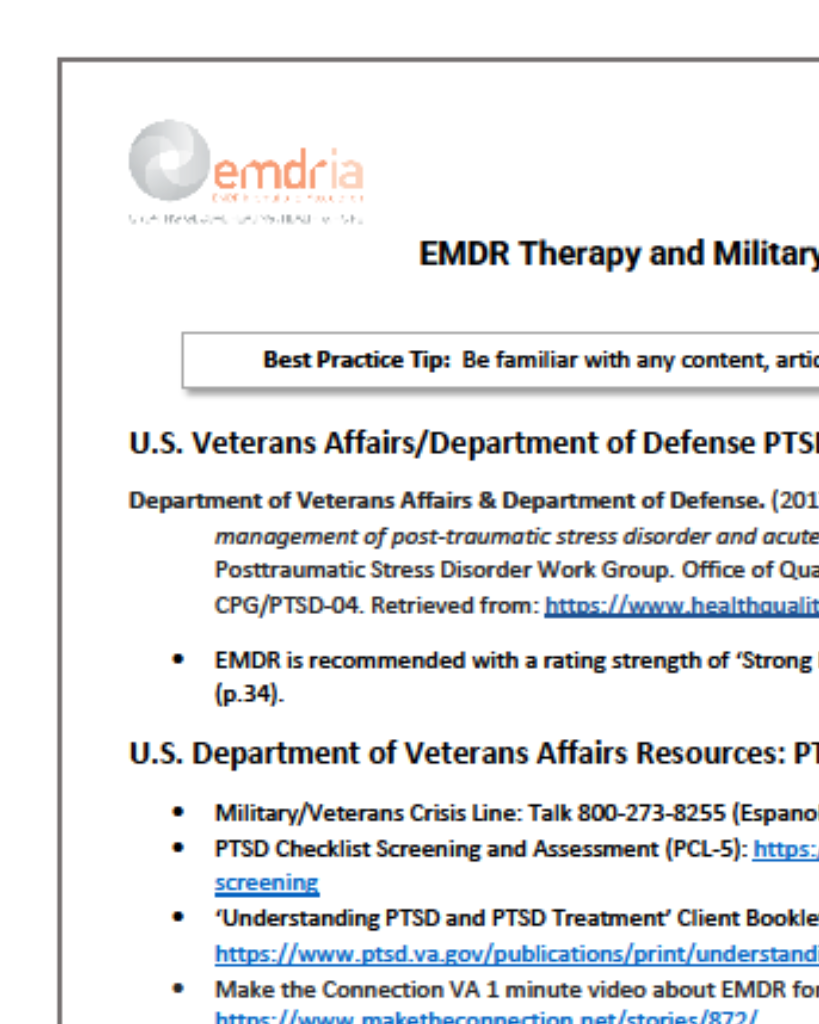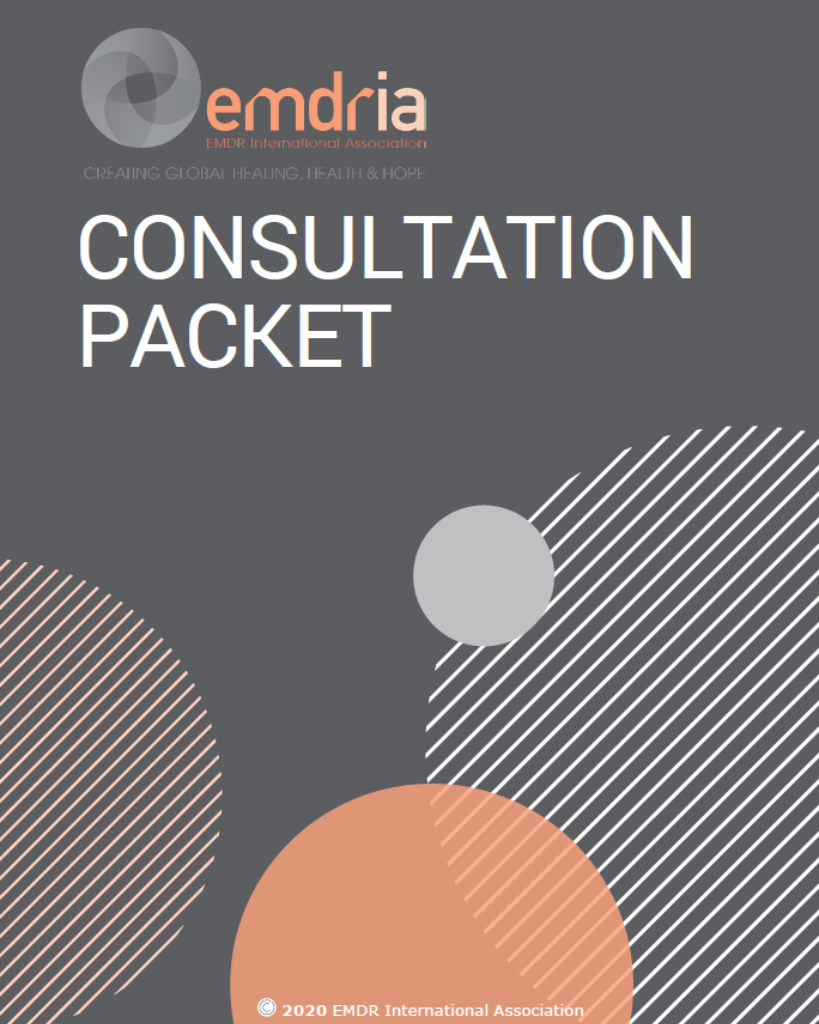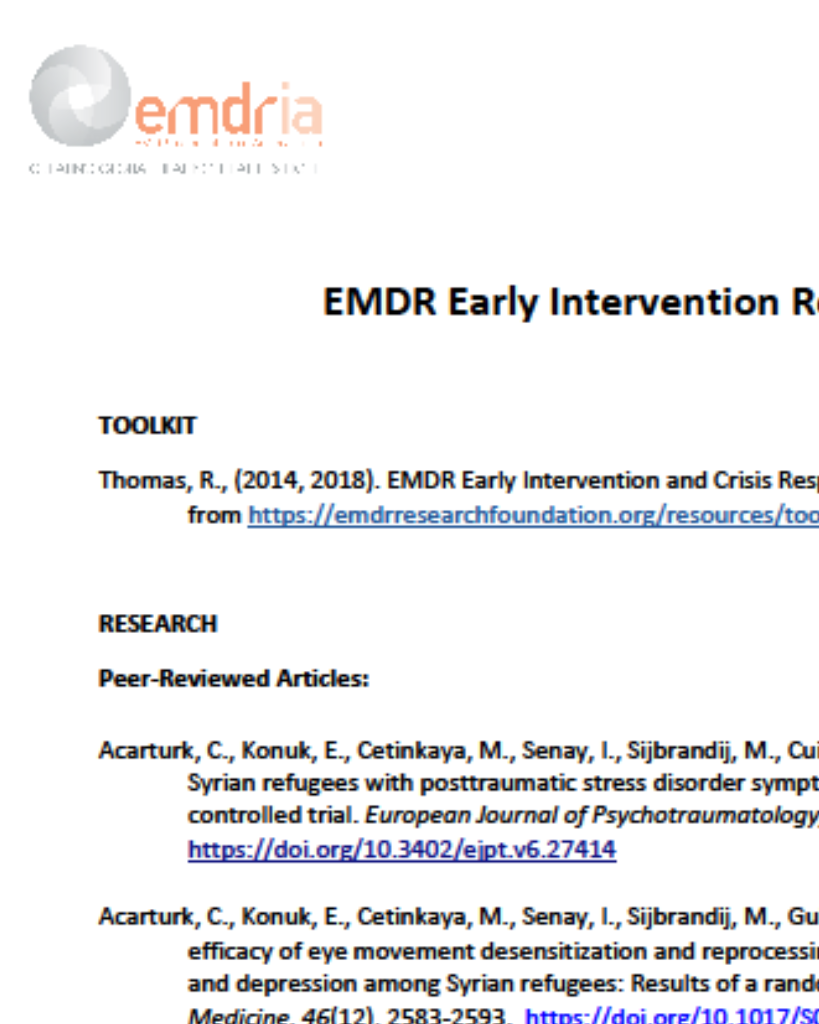EMDR: A putative neurobiological mechanism of action
We propose that the repetitive redirecting of attention in EMDR induces a neurobiological state, similar to that of REM sleep.
Article Abstract
“Numerous studies have provided evidence for the efficacy of eye movement desensitization and reprocessing therapy (EMDR) in the treatment of posttraumatic stress disorder (PTSD), including recent studies showing it to be more efficient than therapist-directed flooding. But few theoretical explanations of how EMDR might work have been offered. Shapiro, in her original description of EMDR, proposed that its directed eye movements mimic the saccades of rapid eye movement sleep (REM), but provided no clear explanation of how such mimicry might lead to clinical improvement. We now revisit her original proposal and present a complete model for how EMDR could lead to specific improvement in PTSD and related conditions. We propose that the repetitive redirecting of attention in EMDR induces a neurobiological state, similar to that of REM sleep, which is optimally configured to support the cortical integration of traumatic memories into general semantic networks. We suggest that this integration can then lead to a reduction in the strength of hippocampally mediated episodic memories of the traumatic event as well as the memories’ associated, amygdala-dependent, negative affect. Experimental data in support of this model are reviewed and possible tests of the model are suggested.”
—Description from publisher
Article Access
Purchase/Subscription Required
Stickgold, R. (2002). EMDR: A putative neurobiological mechanism of action. Journal of Clinical Psychology, 58(1), 61-75. https://doi.org/10.1002/jclp.1129
Date
December 12, 2001
Creator(s)
Robert Stickgold
Practice & Methods
Mechanisms of Action
Extent
15 pages
Publisher
Wiley
Rights
Copyright © 2002 John Wiley & Sons, Inc.
APA Citation
Stickgold, R. (2002). EMDR: A putative neurobiological mechanism of action. Journal of Clinical Psychology, 58(1), 61-75. https://doi.org/10.1002/jclp.1129
Audience
EMDR Therapists, Other Mental Health Professionals
Language
English
Content Type
Article, Peer-Reviewed
Access Type
External Resource





